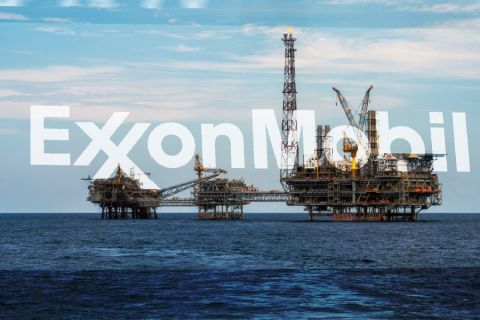“Improved technology within the past two or three years has led to the development of new, viscous fracturing fluids and more sophisticated computer programs. These developments have greatly improved results of fracturing treatments and have made it possible to successfully stimulate those wells, which previously were poor candidates for hydraulic fracturing treatments.”
That statement is reflective of the general modernization dynamic currently at play in the oil and gas industry—increasingly powerful computer technologies and slickwater fracturing jobs are common in most unconventional well pads today.
However, that initial statement wasn’t made to explain modern innovations; it was made by Dr. Denton R. Wieland, writing for what was then the Dowell Division of the Dow Chemical Co., in an SPE paper published in 1971.
“Trends in hydraulic fracturing over the years have closely followed an increased knowledge or better understanding of what occurs in the formation during treatment,” Dr. Wieland wrote back then.
Dr. Wieland’s words nearly half a century ago were remarkably prescient for an industry acutely aware of the same challenges and solutions. His observations could also tell us that the same concerns and possible solutions the industry faces today will likely remain relevant over the next 50 years.
If Dr. Wieland were around today (he passed in 2004), he likely would be astounded by what he would see: completely automated fracturing jobs for wells that stretch 3 km to 5 km (2 miles to 3 miles); wells that are drilled and completed in a matter of days; and designs and innovations that have propelled the U.S. to become the highest producing oil country on earth. He would see that those same challenges driving oil and gas companies in the 1970s still fuel their imaginations today.
Those efforts have resulted in technologies such as highly specialized diverters that can place fracture fluid in a pinpoint fracture thousands of feet below the ground and pumping equipment that creates enough pressure to fracture rock miles away and works harder and longer without downtime.
In October 2018 Dr. Wieland’s parent company, Dow Microbial Control, revealed its water treatment microbiocide AQUCAR, which is designed specifically for cold-weather fracturing jobs. In fact, according to Dow, the AQUCAR line of biocides, which are winterized with methanol, help operators apply microbial control down to -40 C (-40 F).
Of course, not everything works. For every Ford Mustang, there’s a Ford Edsel. Not every innovation squeezes more barrels out of the reservoir. And not every company that innovates survives to see the fruits of its labor. To continue the automotive industry comparison, for every Chevrolet, there’s a Pontiac.
For those industry leaders who are tackling the same issues today that Dr. Wieland faced in the 1970s, what will they be astounded to see 50 years from now?
Brian Walzel’s Completions & Production column originally appeared in the January 2019 edition of E&P.
Recommended Reading
TotalEnergies Reserves Hull for Development Offshore Suriname
2024-06-07 - TotalEnergies operates Block 58, with partner APA Corp., and expects to make a final investment decision in fourth quarter 2024, while initial production is slated for 2028.
Exxon Surprises with Smaller FPSO for Guyana’s Hammerhead Project
2024-07-19 - Exxon Mobil Corp. announced plans for its seventh development offshore Guyana, Hammerhead, which will add 120,000 bbl/d to 180,000 bbl/d of production capacity starting in 2029.
Exxon Mobil Keeps Its Options Open in Guyana and Globally
2024-05-23 - Exxon Mobil Guyana Ltd.’s President Alistair Routledge said the company is seeking resources offshore Guyana that compete financially within its portfolio.
Mexico’s Demand for Permian Pipe-gas Likely Here to Stay
2024-05-28 - Permian gas producers exporting piped gas to Mexico can rest assured that demand south of the border will remain robust even under a new Mexican president, Wood Mackenzie says.
TotalEnergies Makes FID on Kaminho Deepwater Project
2024-05-21 - TotalEnergies, in partnership with Petronas and Sonangol, said production is expected to begin in 2028 and reach a plateau of 70,000 bbl/d of oil.





